|
Save the Cord Foundation and WellSky are proud to welcome Marcie Finney, MBA and Wouter Van't Hof, PhD from the Cleveland Cord Blood Center / National Cord Blood Network as our featured speakers for the next edition of Share the Science on Thursday, June 27th at 2pm US Eastern Time / 1pm Central Time. RECORDING NOW AVAILABLE. CLICK HERE. Share the Science is a free webinar series focused on the cord blood industry and the latest research in this field. As always, we invite both health professionals and the general public to join us for this unique online educational series. Learn more about this exciting educational series here. Explore the full potential of cord blood through cross-sector collaborationThe cord blood industry holds a unique role within the world of medicine. It is truly full of visionaries. But, given the nature of cord blood, research and innovation cannot be done in isolation. Innovation requires collaborations not just from doctors but also cord blood collectors, lab technicians, international registries, private cord blood banks, hospitals and more. Pushing the research forward requires cross-sector skills and networks. Taking these innovations from bench to bedside travels a slightly different route than traditional pharmaceuticals. To dive deep into cord blood's true potential and understand the process required in spearheading cutting-edge research and development in cellular therapies using cord blood, we are thrilled to welcome industry leaders, Marcie Finney, MBA and Wouter Van't Hof, PhD. Together, they will share their expertise regarding initiatives, partnerships and technological advancements led by the Cleveland Cell Therapy Incubator (CCTI). In addition, they will explore the advantages of using cord blood in cellular therapy and regenerative medicine research via the new National Cord Blood Network. This insightful webinar, featuring key industry leaders Marcie Finney and Dr. Wouter Van’t Hof, will provide an in-depth look at the innovative solutions currently helping enhance cord blood use in medical treatments. Register today and be part of a pivotal discussion that could transform your understanding and application of cord blood in medical treatments. SHARE THE SCIENCE with Marcie Finney, MBA and Wouter Van't Hof, PhD from the Cleveland Cord Blood Center and National Cord Blood Network "Maximizing Cord Blood's Potential" Free webinar. Open to the public. Thursday, June 27th - 2pm US Eastern Time / 1pm Central Time Recording Now Available via the Share the Science Archive About the speakers
We wish to thank Marcie Finney and Wouter Van't Hof for volunteering their time to speak on
Share the Science and sharing their expertise regarding the potential uses of cord blood and the latest research. We also wish to also thank our generous sponsor and partner for this event, WellSky Health, who continue to support cord blood education through our “Share the Science” series. Save the Cord Foundation and WellSky are proud to welcome Kristin Kleinhofer, cancer survivor and double cord blood transplant recipient, as our featured speaker for the next edition of Share the Science on Thursday, February 22nd at 2pm US Eastern Time / 11am US Pacific Time. RECORDING NOW AVAILABLE IN THE SHARE THE SCIENCE ARCHIVE. CLICK HERE. Join us to hear Kristin describe her personal experience as a cord blood transplant recipient. Share the Science is a free webinar series focused on the cord blood industry and the latest research in this field. As always, we invite both health professionals and the general public to join us for this unique online educational series. Learn more about this exciting educational series here. Innovations in cancer treatment bring new hope to ALL patients: Combining CAR-T & Cord BloodAcute Lymphoblastic Leukemia (ALL) is a cancer that attacks both the bone marrow and blood. In adults, it is particularly difficult to treat because the cancer can move so quickly. When not treated, a patient may have only months to live. Given these odds, doctors are racing against time to find a cure for ALL patients. Kristin Kleinhofer was one of those patients. Her battle began in 2010 when she was diagnosed with ALL and doctors started her on intense in-patient chemotherapy. For two years, she endured this treatment only to have the cancer return in early 2014. As Kristin explains, unfortunately, her doctors told her that a stem cell transplant would only be possible if she could first go into remission. She needed a fighting chance and so this became the new goal. . . remission, then transplant. However, time was not on her side and her family encouraged her to look at new treatments and she enrolled in various clinical trials, one after another. Each failed. By late 2014, her cancer appeared to be winning. But, her doctors learned of a new clinical trial for which she could be the perfect candidate. Her doctors recommended her for an innovative clinical trial using CAR-T therapy. The trial was a success and, finally, this therapy put her into remission. It was at this point that the search began for a matching donor for a stem cell transplant. And this is where we invite you to join us on February 22nd to meet Kristin and hear first-hand how she beat ALL with a cord blood transplant. Register now for this exclusive webinar and celebrate Kristin's 9th year of being cancer free! SHARE THE SCIENCE with Kristin Kleinhofer Cancer Survivor - Cord Blood Recipient "Cord Blood for ALL (Acute Lymphoblastic Leukemia)" Free webinar. Open to the public. Thursday, February 22nd - 2pm US Eastern Time / 11am US Pacific Time Recording now available. About the speaker
We wish to thank Kristin Kleinhofer for volunteering her time to speak on
Share the Science and sharing her experience as a cord blood transplant recipient. We also wish to also thank our generous sponsor and partner for this event, WellSky Health, who continue to support cord blood education through our “Share the Science” series. Save the Cord Foundation and WellSky are proud to welcome Kristen Wilt, MSN, RN from the Arizona Public Cord Blood Program and Erin Eaton from the Cord Blood Bank at MD Anderson Cancer Center as our featured speakers for the next edition of Share the Science on Monday, July 31st at 3pm US Eastern Time / 12pm US Pacific Time. Join us to learn about the innovative and sustainable business model for public cord blood banking built on smart state funding and strategic partnerships. REGISTER HERE for this upcoming webinar. Share the Science is a free webinar series focused on the cord blood industry and the latest research in this field. As always, we invite both health professionals and the general public to join us for this unique online educational series. Learn more about this exciting educational series here. How to Build a Sustainable Public Cord Blood Donation ProgramInnovation in the cord blood industry takes many forms, including new business models. For this session, we will dive deep into the innovative model and sustainable structure, objectives and funding of the Arizona Public Cord Blood Program. Everyone agrees that cord blood donation is a vital component to growing and maintaining public stem cell registries worldwide, providing life-saving transplants for patients in need. However, public cord blood donation programs remain very rare at hospitals across the globe. Indeed, innovation is needed to maximize opportunities for public cord blood banking. New business models are needed to make these programs easier to establish and sustainable in the long term. Funded by the state lottery and bringing together a unique group of strategic partnerships, the Arizona Public Cord Blood Program represents one of the most innovative and sustainable business models in the industry. Join us to hear Kristen Wilt (Arizona Public Cord Blood Program) and Erin Eaton (Cord Blood Bank at MD Anderson Cancer Center) discuss:
Go behind the scenes of this successful cord blood donation program and be inspired to launch a similar program in your hospital! SHARE THE SCIENCE with Kristen Wilt, MSN, RN Cord Blood & Placenta Donation Coordinator TMC HealthCare I Women’s & Children’s Services - Arizona Public Cord Blood Program & Erin Eaton Program Manager of the Cord Blood Bank at MD Anderson Cancer Center "An Innovative Model for Public Cord Blood Banking" Free webinar. Open to the public. Monday, July 31st 3pm US Eastern Time / 12pm US Pacific Time REGISTER HERE About the speakers
We wish to thank Kristen Wilt and Erin Eaton for volunteering their time to speak on
Share the Science and sharing their valuable insight on the keys to running a successful public cord blood donation program. We also wish to also thank our generous sponsor and partner for this event, WellSky Health, who continue to support cord blood education through our “Share the Science” series. |
AuthorWrite something about yourself. No need to be fancy, just an overview. Archives
June 2024
Categories |






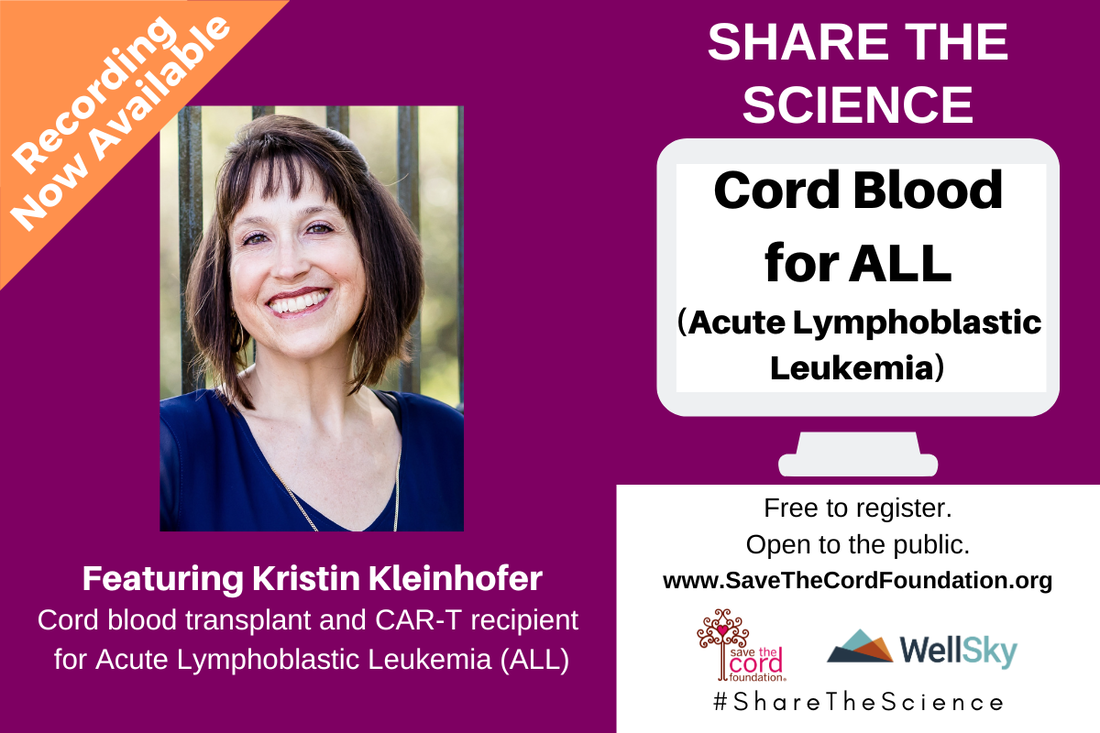


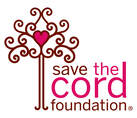
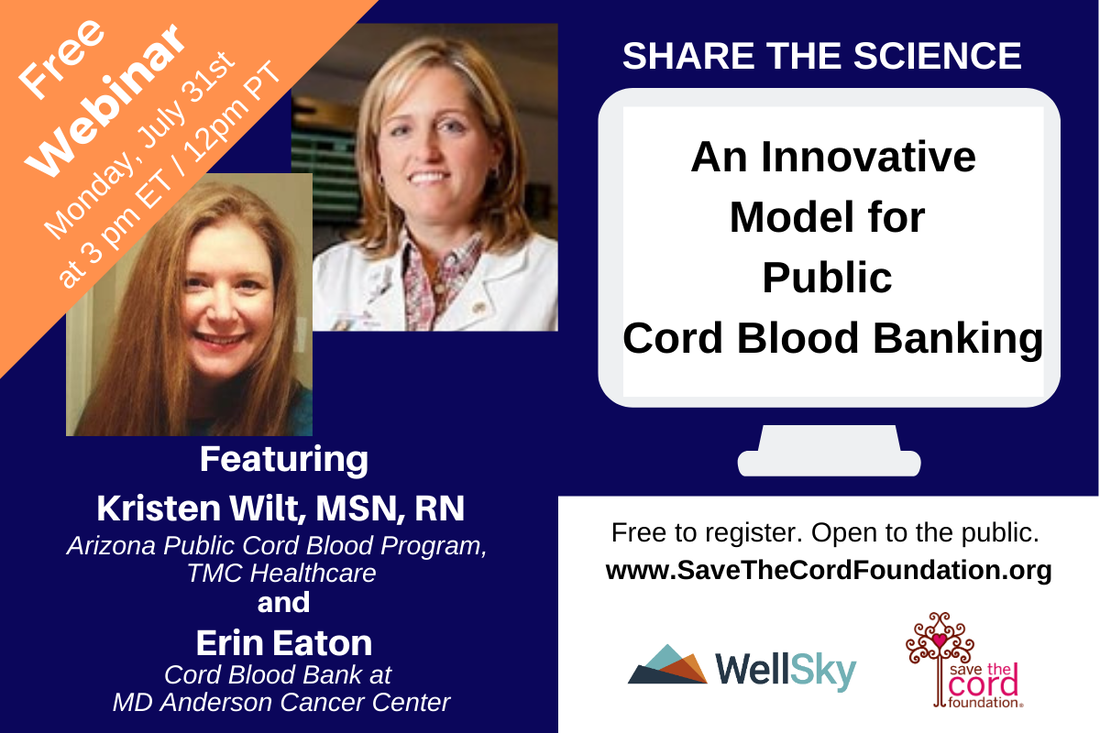
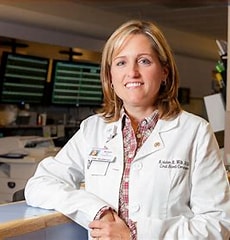


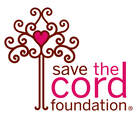
 RSS Feed
RSS Feed


